

Classical Indian Dan...
Classical Indian Dance in Literature and the Arts
by: Kapila VatsyayanThe book vividly presents, analyses and critiques the varied facets of Indian aesthetics, especially the theory and technique of classical Indian dance, while doing a penetrating study of interrelationship that dancing has with literature, sculpture and music. In doing so, the book surveys and analyses the contribution of all great Sanskrit authors, theoreticians, playwrights of ancient and classical India along with the works many Bhāṣā scholars of arts, aesthetics and literature.
₹3,600.00 Original price was: ₹3,600.00.₹3,240.00Current price is: ₹3,240.00.
ISBN: 9788124611449
Year Of Publication: 2022
Edition: 3rd
Pages : xlii, 534
Bibliographic Details : Bibliography, Index
Language : English
Binding : Hardcover
Publisher: D.K. Printworld Pvt. Ltd.
Foreword By : Rai Krishnadasa
Size: 25
Weight: 1430
This volume is the result of many years of painstaking research in a field, which had been neglected by art historians, and thus presenting an idealistic view of the whole tradition of Indian art and aesthetics. This definitive work on the inherent interrelationship of the Indian arts is a path-breaking endeavour, treading into a domain which no one had explored. For that to happen, the author has delved deep into enormous mass of literature on the subject and has also surveyed the portrayal of dance figures in ancient temples. With Dr Kapila Vatsyayan’s profound knowledge of various dance forms as a performing artist of her own standing and having studied the sculptures and artefacts minutely, the book emerges so scholarly emanating the wisdom and know-how of a persona, endowed with the unique combination of a researcher, an art historian and an aesthetician par excellence.
The book vividly presents, analyses and critiques the varied facets of Indian aesthetics, especially the theory and technique of classical Indian dance, while doing a penetrating study of interrelationship that dancing has with literature, sculpture and music. In doing so, it surveys and analyses the contribution of great Sanskrit authors, theoreticians, playwrights of ancient and classical India such as Bharata, Bhāsa, Kālidāsa, Śūdraka, Bhavabhūti, Abhinavagupta, Jayadeva and many more along with numerous Bhāṣā scholars of arts, aesthetics and literature, covering each and every nook and corner of the Indian subcontinent.
This highly scholarly work should invoke keen enthusiasm among Sanskritists, art historians, dancers and students of varied art forms alike, and should pave the way for ongoing researches on all the topics covered within its scope.
Prologue
Foreword
Preface to the Second Edition
Preface to the First Edition
Acknowledgements
List of Plates
Abbreviations
Introduction
1. Indian Aesthetics
2. Theory and Technique of Classical Indian Dance
3. Literature and Dancing
4. Sculpture and Dancing
5. Music and Dancing
Plates
Select Bibliography
Index
“Classical Indian Dance in Literature and the Arts” Cancel reply
- Sale!Buddhist Art in India and Sri Lanka by: Virender Kumar Dabral
₹1,000.00Original price was: ₹1,000.00.₹900.00Current price is: ₹900.00.The book is a comprehensive study of the evolution and development of Buddhist visual art in India and Sri Lanka, taking into consideration their diverse forms and the impact of regional trends on them. Consulting a number of original sources including scholarly works in the Sinhala language, Dr. Dabral highlights the salient features of ancient Buddhist art in the two countries with special attention to architecture, sculpture, painting, use of symbols like the lotus and Sri Lanka devil masks. Dr. Dabral emphasises how Sri Lankan Buddhist art though originally derived from Indian art, developed its own art forms on the basis of local conditions. The critical study evaluates Buddhist art under various rulers/empires such as the Mauryan empire, the Kushanas, the Nagas and the Guptas. With numerous plates and an extensive bibliography, it gives insights into important aspects like the architectural excellence of stupas and viharas, the Sigiriya frescoes, Ajanta and Bagh paintings, Mathura, Gandhara and Sarnath schools of art, and the Jatakas as reflected in carvings at Sanci, Amaravati and other places.
- Sale!Art & Archaeology of India by: B.S. Hari Shankar
₹700.00Original price was: ₹700.00.₹630.00Current price is: ₹630.00.The book begins with an introduction on the prehistoric and proto-historic cultures of India. Well-known historians discuss human evolution as gathered from hominid fossil remains, pre-human hominid remains of the Siwaliks and fossil remains of the Narmada basin. The systematic study, mentioning the areas of finds and their geography and other characteristics, examines the nature of cultural relics belonging to each period and dynastic rule; agriculture, trade, settlement and migration patterns related to making, use and spread of art materials; how the finds reflect upon rise of craft and industrial centers at the time; and social and religious aspects of society that are revealed by the art and architecture of the periods. Importantly, it reveals the interchange of cultural thoughts and lifestyles and of art and architectural influences; and the synthesis of artistic style and materials as evident in especially the periods of Muslim rule in India. The book also features fossil finds, art and architectural materials pertaining to painting, pottery, sculpture and iconography, and literary materials like Persian documents housed in the Indraprastha Museum of Art and Archaeology, New Delhi. The materials date from the stone ages, Indus-Saraswati Civilization and Chalcolithic period to what are commonly identified as the ancient medieval and modern periods of Indian history. The volume will be useful to scholars and students of various disciplines history, archeology, art and culture, and sociology.
- Sale!Bachpan-Childhood by: R.N. Kogata
₹180.00Original price was: ₹180.00.₹162.00Current price is: ₹162.00.In the life of a human being the most sweet and memorable part is its childhood, say from its second year till its seventh or eighth. During this time the child is very innocent, full of life, playful, has no responsibility or worry, and when in fear or pain it calls its mother and she is there ever ready to protect it. It understands no restriction and has freedom to go and talk to anybody in the house. It does not know how to hate anyone — in fact, it is like the manifestation of the ever-gracious divinity in the world. A child is loved, respected and even adored.
This book is a small attempt to express the love, affection and feelings towards children. In Hindu pantheon the only divine family having children is that of Shiva and Parvati or Uma. Through pleasing illustrations, another made-for-each-other couple — the Kogatas — have touched upon the various facets in the life of the divine chidren — Ganesha and Karttikeya — together with their doting parents. The delightful verses add sweetness and charm to the book.
- Sale!Buddhist Art of Kausambi by: Aruna Tripathi
₹2,500.00Original price was: ₹2,500.00.₹2,250.00Current price is: ₹2,250.00.The Upanishads capture the quintessence of Indian spiritual wisdom unfolding deepest, highly perceptive reflections on human existence and how it is related to the mysterious cosmos. Authored by enlightened seers over the period of 1500-200 bc., the Upanishadic message is a magnificent vision that raises human consciousness to sublime heights. One of the major centres of Buddhist art in ancient times, Kausambi provides evidence of an uninterrupted art tradition spanning centuries. Pointing to the scant attention Kausambi has received from scholars in the past, this work attempts to highlight its art treasures through a study of its stone sculptures. Based on scrutiny of stone sculptures found at various sites in Kausambi and its vicinity and housed in different museums, it presents perhaps the first extensive documentation of the Buddhist art of the region from the Mauryan to post-Gupta period. It examines in detail over 300 stone sculptures, paying special attention to their iconographic features, types of stone, techniques of carving, grinding and polishing and their aesthetic appeal. All this comes with a background throwing light on the history of Kausambi and its association with Buddhism, the early archaeological explorations in the region, and the individuality and uniqueness of Kausambi art as compared to Mathura and Sarnath schools. The book presents over 225 black-and-white and over 50 coloured photographs of Buddhist sculptures which are neatly classified and systematically analysed. It would prove invaluable to scholars and students of Buddhist art.
- Sale!Artisans and Craftsmen of Northern India by: Kuldeep Singh Thind
₹1,100.00Original price was: ₹1,100.00.₹990.00Current price is: ₹990.00.The basic aim of the book is to expose the major contributions of artisans and craftsmen in portraying the society in different perspectives. These artisans and craftsmen, were drawn mostly from the shudras, lower caste of the community, suppressed and have-nots section of the society, but were highly talented. The work is also designed to create interest among the reader and scholars alike, to understand the society of the period under reference through the immortal art of these creative people. The artisans such as potters, weavers, carpenters, architects, sculptors, brick-makers, metallurgy and metal workers, leather workers, painters, and the workers engaged in the profession of ivory, glass and mirror, perfume and cosmetic, musical instrument, oil, salt and liquor makers, etc. were the heroes of that time, who not only met the day-to-day requirement of the then society, but also portrayed different aspects of their life, in its true color, through their workmanship. It was the architect who designed and constructed houses to live in, as well as water tank, well and channel, royal building, stupa, temple and fort, bridge, pillar and rock-edict etc., which met the need of the society.
Today, we feel proud of the rich heritage of old Indian art and architecture, credit for which solely goes to the then artisan who crafted immortal creations. However, the invaluable contribution made by the historians in immortalizing their creations, by putting them in black and white, is no less important. It is the historian, whose mighty pen has immortalized not only Ashoka the great, as a king but also the creators of the stupas of his times on equal footings. It is with this aim in view that the present book has been presented to the posterity, in order to pay rich tributes to the creators of our rich cultural heritage.
Unluckly there was no proper institutionalized provision for the education of artisans and craftsmen, so generally the former adopted the occupation of their parents and hereditary skill was enhances as it was transferred from father to son, and generation to generation. Contemporary sources reveal that the social stautus of artisan class was based on the nature and economic conditions of a particular profession.


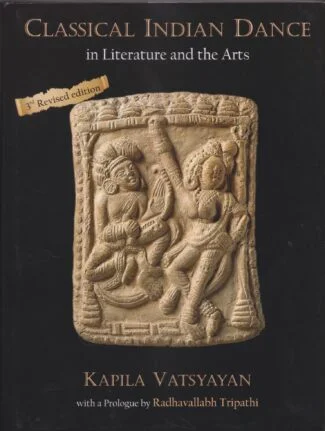
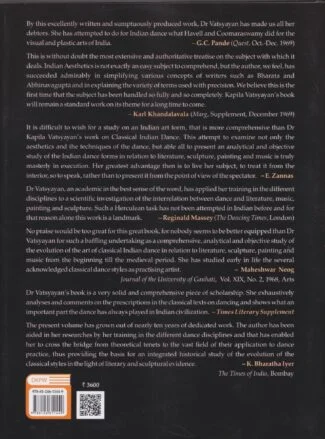






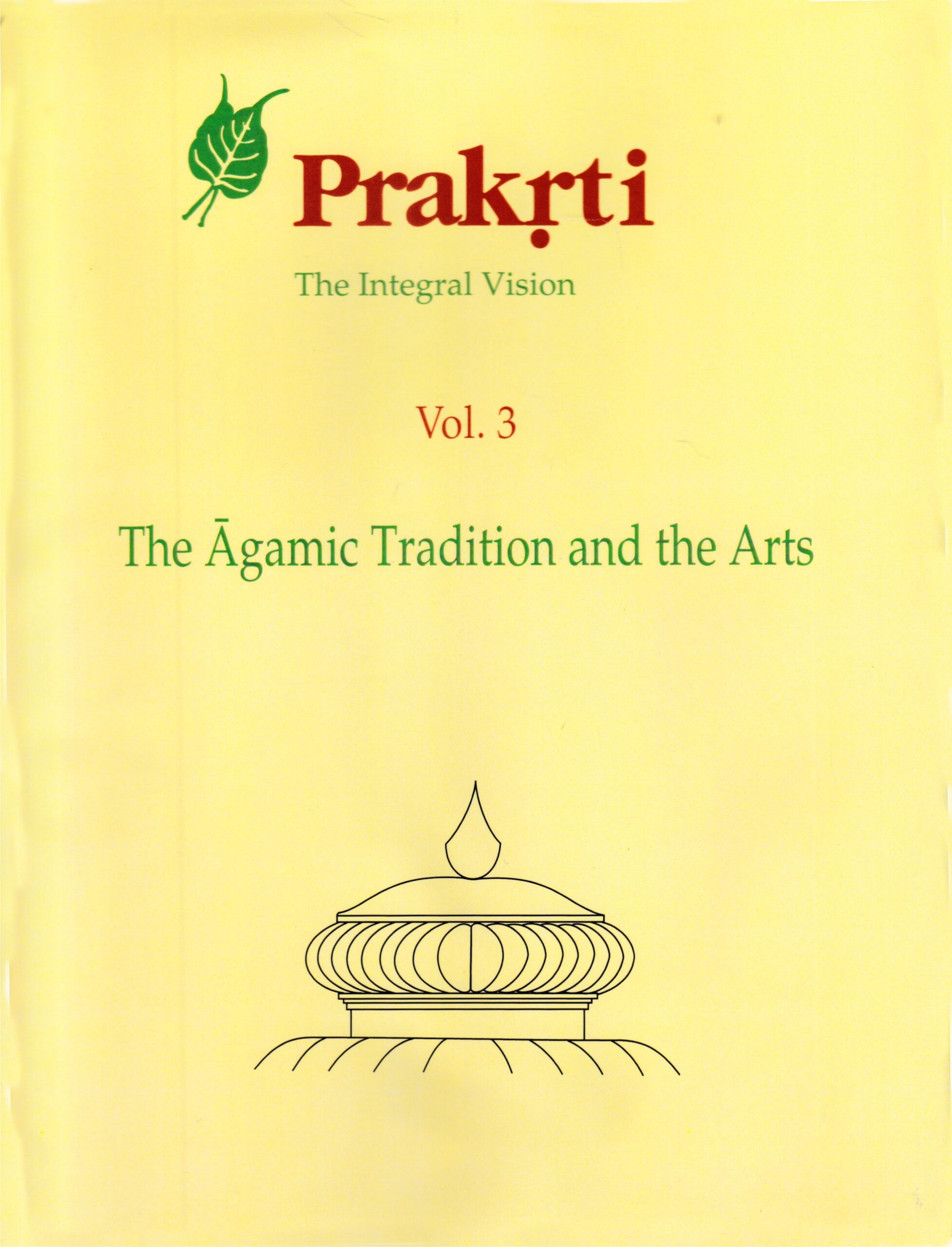



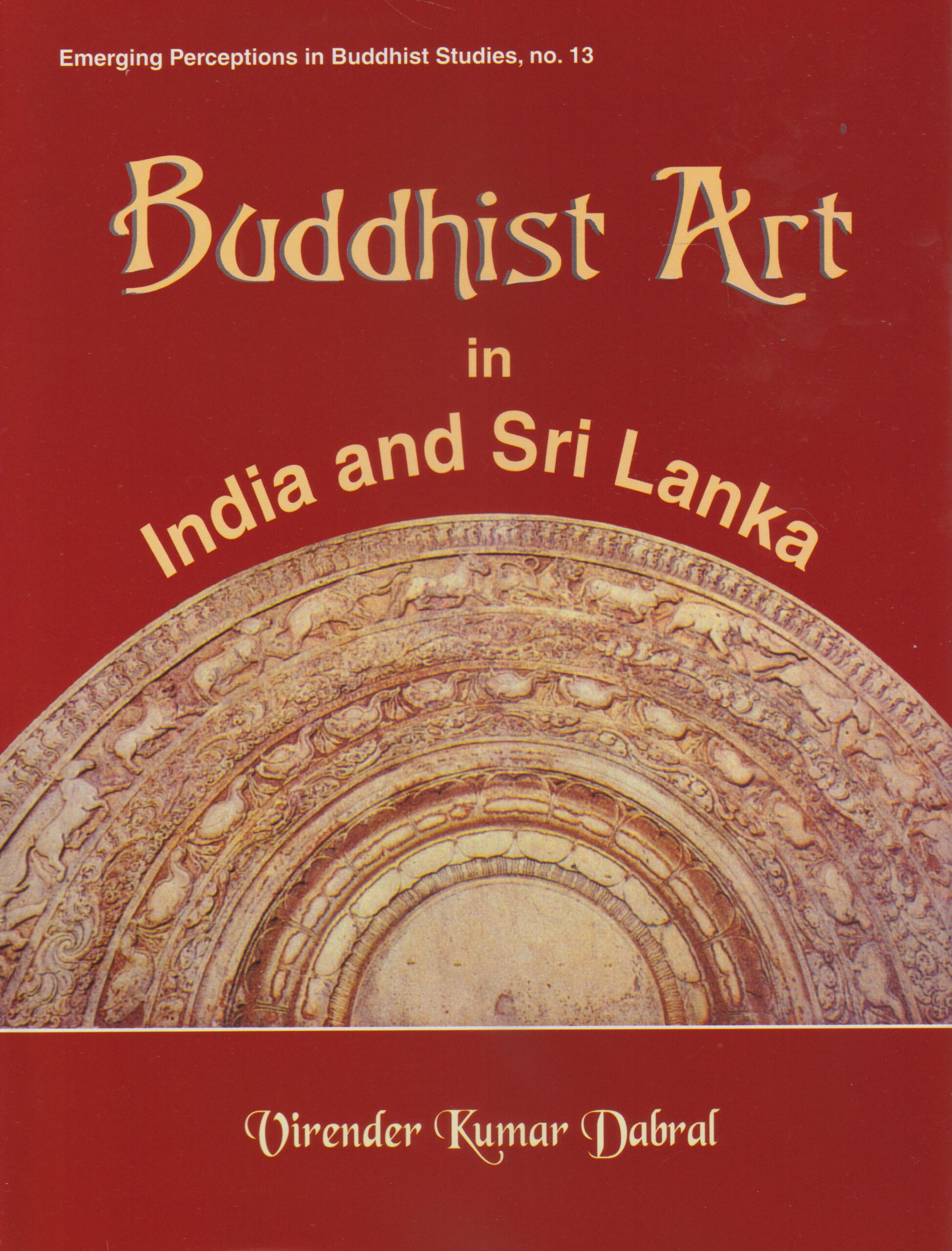

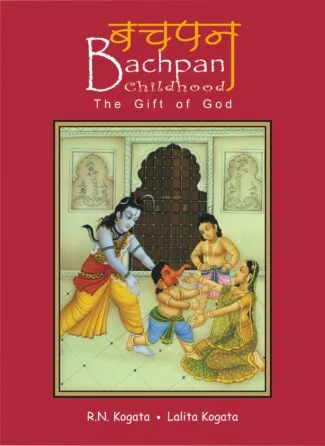
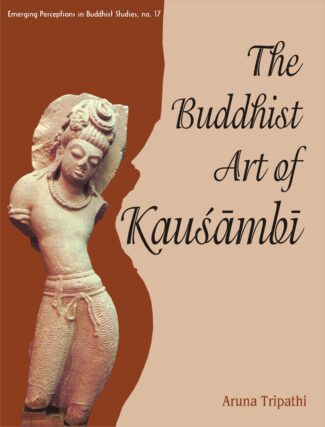

There are no reviews yet.